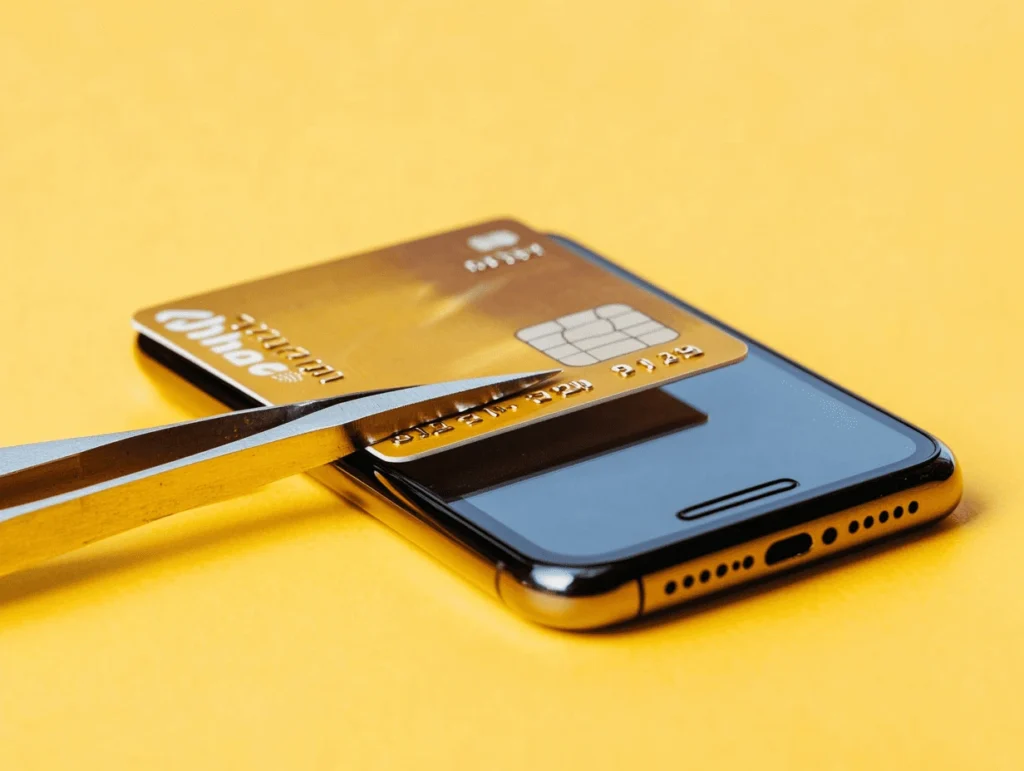1. My Journey to Paying Off $50,000 in Debt—and How You Can Too
Paying off debt might seem overwhelming. Three years ago, I felt the same way. I had $50,000 in debt from credit cards, student loans, and other expenses. It felt impossible. But with a solid debt payoff strategy and determination, I achieved financial freedom. This is my story, and it can be yours too.
At first, I didn’t know where to begin. The numbers were intimidating, and paying everything off felt out of reach. But I quickly realized that having a clear plan was essential. Discipline became my greatest ally. By sticking to a strategy and staying focused, I paid off my debt in just three years.
Financial freedom isn’t just a dream—it’s possible. Whether you’re dealing with high-interest credit cards or student loans, there’s hope. In this post, I’ll share actionable steps to create your own debt payoff plan. We’ll cover budgeting tips, side hustle ideas, and strategies to help you stay on track.
Looking for inspiration? Consider Audible audiobooks on personal finance or explore passive income streams to accelerate your journey. For expert advice, visit reputable sources like NerdWallet or The Balance. These platforms offer valuable tools to help you manage debt effectively.
If you’re ready to transform your financial life, let’s dive in. Every small step counts toward long-term success. Your debt-free future starts today.
2. Understanding Your Debt Landscape
When tackling debt, the first step is understanding your financial situation. This means identifying all your debts and prioritizing them strategically. A clear overview helps you build an effective debt payoff strategy.
Identify All Your Debts
To take control of your finances, list every outstanding balance. Include credit cards, personal loans, car loans, student loans, and other debts. Document the balance, interest rate, and minimum payment for each.
Using financial tools like Credit Karma or Mint can simplify this process. These platforms track your balances and interest rates in real time, providing an overview of your financial health. Credit Karma also offers free credit score monitoring, which helps you stay informed as you work toward debt freedom.
Once you have a complete list, you’ll see where to focus your efforts. This clarity is essential for choosing the best debt payoff strategy.
Prioritize High-Interest Debts
Not all debt is the same. High-interest debts, such as credit cards, can grow quickly if ignored. Tackling them first prevents unnecessary interest costs and speeds up repayment.
A proven method is the debt avalanche method. This strategy prioritizes paying off the highest-interest debt while making minimum payments on the rest. Once the highest-interest debt is gone, move to the next one. This approach minimizes total interest paid over time.
For example, if you have a credit card with a 20% interest rate and a personal loan at 8%, prioritize the credit card. By doing so, you reduce overall interest costs and pay off debt faster. The debt avalanche method requires discipline but leads to significant savings.
For further insights, check out The Total Money Makeover by Dave Ramsey. Podcasts like Financial Freedom on Audible also provide valuable strategies for managing debt and building wealth.
By focusing on high-interest debts first, you take control of your finances and build a strong foundation for long-term financial success. A structured approach ensures you stay on track and avoid unnecessary financial strain.

3. Creating a Solid Debt Repayment Plan
When paying off debt, having a structured plan is essential. Two popular debt payoff strategies can help: the snowball method and the avalanche method. Each has unique benefits, and the right choice depends on your financial situation and personal preferences.
Choose Between Snowball vs. Avalanche Methods
The debt snowball method focuses on eliminating smaller debts first, creating quick wins to build motivation. Start by listing your debts from smallest to largest. Pay the minimum on all debts except the smallest one. Allocate any extra funds toward this debt until it’s paid off. Once cleared, roll that payment into the next smallest debt. This momentum builds confidence and keeps you engaged in the process.
The debt avalanche method, on the other hand, prioritizes high-interest debts to save money in the long run. List your debts by interest rate, starting with the highest. Pay the minimum on all debts except the one with the highest rate. Allocate extra funds toward this debt until it’s paid off, then move to the next one. Since high-interest debt grows quickly, this strategy minimizes the total amount paid over time.
For example, if you have a $3,000 credit card balance at 20% interest and a $10,000 car loan at 5% interest, the avalanche method targets the credit card first. However, if staying motivated is your main concern, the snowball method may be a better fit. Choosing the right approach ensures you stay committed to your debt payoff strategy.
Set Realistic Goals and Timelines
Breaking down debt repayment into manageable milestones keeps you focused. Start with short-term and long-term goals. For instance, set a goal to pay off $5,000 in six months or eliminate all credit card debt within a year. These targets provide motivation and measurable progress.
Use a debt repayment calculator to estimate timelines. Tools like NerdWallet or Bankrate allow you to input balances, interest rates, and monthly payments to calculate how long it will take to become debt-free. If the timeline feels too long, consider increasing monthly payments or finding ways to boost your income through side hustles or budget adjustments.
Consistency is key. Stick to your plan, track progress, and adjust when needed. To stay inspired, explore resources like Dave Ramsey’s audiobooks or podcasts on passive income strategies. These resources offer valuable insights to help you stay committed to your financial freedom journey.
4. Cutting Expenses to Accelerate Debt Payoff
When you’re focused on paying off debt, cutting expenses is one of the most effective ways to free up extra cash. A debt payoff strategy that includes a zero-based budget and eliminating unnecessary spending can speed up your journey to financial freedom. Here’s how to get started.
Build a Zero-Based Budget
A zero-based budget ensures every dollar has a purpose. Your income minus expenses should equal zero at the end of each month. This doesn’t mean spending every dollar—it means assigning it to essential expenses, debt repayment, and savings.
Start by listing all income sources. Then, allocate funds for fixed expenses like rent, mortgage, utilities, and groceries. Next, budget for variable expenses such as dining out or entertainment. Finally, direct any remaining money toward debt repayment or emergency savings.
Tools like YNAB (You Need A Budget) and Mint can simplify budgeting. YNAB helps you plan ahead and adjust as needed, while Mint provides real-time updates on spending.
Eliminate Unnecessary Spending
Reducing non-essential expenses frees up more money for your debt payoff strategy. Start by analyzing your spending habits. Ask yourself if each expense is necessary. Many people save hundreds of dollars annually by making small changes.
Cook meals at home instead of eating out. It’s healthier and significantly cheaper. Shop secondhand for clothing, furniture, or electronics. Platforms like Craigslist and Facebook Marketplace offer great deals.
Review your recurring bills. Call service providers to negotiate lower rates on cable, internet, and insurance. If you’re an avid reader, swap paid audiobook subscriptions for free resources. Apps like Libby give access to e-books and audiobooks at no cost.
By consistently applying these strategies, you’ll find more money to put toward debt repayment. Small changes add up, bringing you closer to financial freedom. The goal isn’t to deprive yourself but to prioritize what truly matters—becoming debt-free and building a stable financial future.

5. Boosting Income Through Side Hustles
Start a Profitable Side Hustle
If you want to pay off debt faster, a side hustle can make a big difference. You don’t need to quit your day job to start earning extra income. Many side hustles fit into your schedule and provide a steady cash flow.
Freelancing is a great option. Writers, graphic designers, and web developers can find work on platforms like Upwork and Fiverr. If you enjoy teaching, online tutoring is another way to earn money. Websites like VIPKid and Chegg Tutors connect tutors with students worldwide. Selling handmade crafts or vintage items on Etsy or eBay is also a great way to turn hobbies into profit.
Automating savings from extra income helps you stay on track. Set up an automatic transfer to a dedicated debt repayment account. This prevents you from spending the money elsewhere. Tools like YNAB or Mint make managing finances easier by tracking transfers and expenses. Automating payments keeps you disciplined and speeds up your debt payoff strategy.
Learn more about starting a side hustle on Aiwisewealth
Negotiate Better Terms on Existing Debts
Negotiating with creditors can lower your interest rates, making it easier to pay off debt. Start by calling your credit card company and asking for a better rate. Be polite but firm. Highlight your history as a loyal customer and explain why a lower rate would help you stay on track with payments. Many companies will work with you if they see value in keeping your business.
Debt consolidation is another option. This strategy combines multiple debts into a single loan with a lower interest rate. A debt consolidation loan simplifies payments and can save you money. However, research carefully before making a decision. Websites like NerdWallet and The Balance provide detailed guides on debt consolidation. Understanding the pros and cons ensures you choose the best approach for your financial situation.
Compare the best debt consolidation options here.
Every step you take—whether starting a side hustle or negotiating better terms—brings you closer to financial freedom. Small changes add up over time. Investing in resources like audiobooks on Audible can help you learn more about debt payoff strategies and passive income. Knowledge is key to improving your financial future.
Check out top-rated books on financial freedom.

